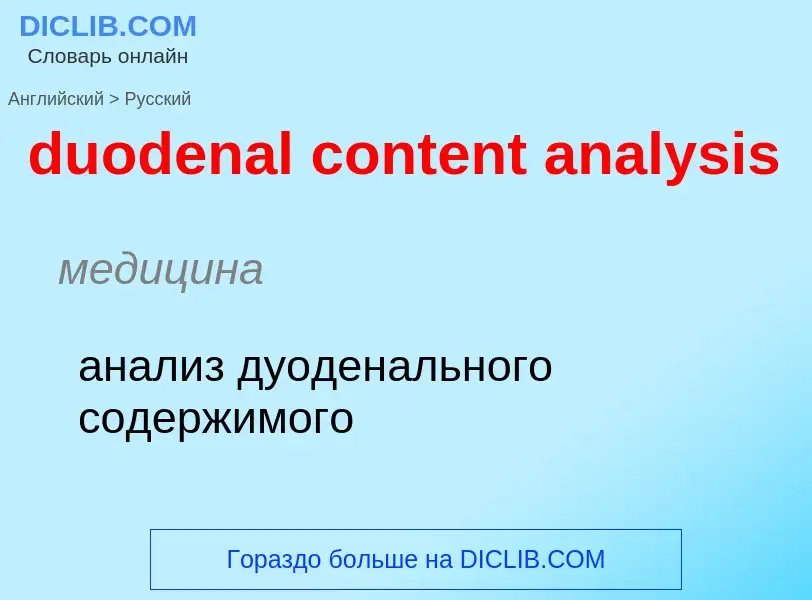Vertaling en analyse van woorden door kunstmatige intelligentie ChatGPT
Op deze pagina kunt u een gedetailleerde analyse krijgen van een woord of zin, geproduceerd met behulp van de beste kunstmatige intelligentietechnologie tot nu toe:
- hoe het woord wordt gebruikt
- gebruiksfrequentie
- het wordt vaker gebruikt in mondelinge of schriftelijke toespraken
- opties voor woordvertaling
- Gebruiksvoorbeelden (meerdere zinnen met vertaling)
- etymologie
duodenal content analysis - vertaling naar russisch
медицина
анализ дуоденального содержимого
['kɔntentə'nælisis]
общая лексика
контент-анализ (анализ связи содержания информации с её целевым назначением)
специальный термин
контент-анализ
анализ связи содержания информации с её целевой установкой
Definitie
Wikipedia
Content analysis is the study of documents and communication artifacts, which might be texts of various formats, pictures, audio or video. Social scientists use content analysis to examine patterns in communication in a replicable and systematic manner. One of the key advantages of using content analysis to analyse social phenomena is their non-invasive nature, in contrast to simulating social experiences or collecting survey answers.
Practices and philosophies of content analysis vary between academic disciplines. They all involve systematic reading or observation of texts or artifacts which are assigned labels (sometimes called codes) to indicate the presence of interesting, meaningful pieces of content. By systematically labeling the content of a set of texts, researchers can analyse patterns of content quantitatively using statistical methods, or use qualitative methods to analyse meanings of content within texts.
Computers are increasingly used in content analysis to automate the labeling (or coding) of documents. Simple computational techniques can provide descriptive data such as word frequencies and document lengths. Machine learning classifiers can greatly increase the number of texts that can be labeled, but the scientific utility of doing so is a matter of debate. Further, numerous computer-aided text analysis (CATA) computer programs are available that analyze text for pre-determined linguistic, semantic, and psychological characteristics.

